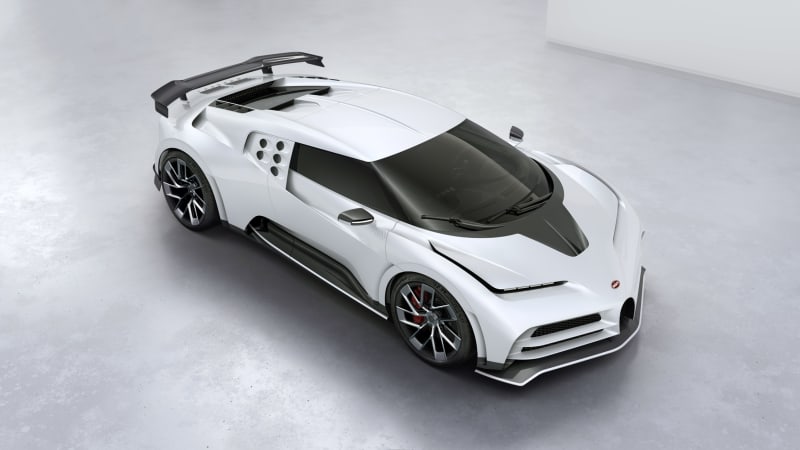Out with the clay, in with the VR: Bugatti’s design studio is all digital
https://ift.tt/2SJ5a6d

Bugatti recently unveiled three limited-edition, multi-million-dollar Chiron derivatives in less than a year, a Herculean task for such a small company. Achim Anscheidt, the head of the firm’s design department, told Autoblog maintaining this pace wouldn’t have been possible without the use of virtual reality technology.
“We have the feeling we don’t need clay anymore. With VR, we can do everything on the spot. We can sit next to each other and talk about the car, we can change the wheels, change the color, and sometimes make modifications on the spot,” he explained. In comparison, using clay has several disadvantages. It’s more difficult to tell how sunlight reflects off the body, for example. It’s also more expensive and far more time consuming.
“It’s only through [VR] that we had the chance to develop the Divo, the La Voiture Noire and the Centodieci in such a rapid amount of time,” he affirmed. The team in charge of designing the EB110-inspired Centodieci notably began the project about six months before the car made its public debut at the 2019 edition of the ritzy, champagne-soaked Pebble Beach Concours d’Elegance held on California’s picturesque Pacific coast.
While VR isn’t new, the technology wasn’t advanced enough to replace clay in a styling studio until about 2016. Anscheidt hasn’t looked back; going all-digital reduced the amount of time it takes to design a car by about 40%. This isn’t a case of robots replacing humans, either. Bugatti still needs talented designers, and the number of people it assigns to each project hasn’t drastically changed, but they now work differently than in the past.
And, the widespread use of VR in Bugatti’s design department doesn’t mean its cars are no longer drawn by hand. Anscheidt explained every project still starts with a series of sketches that allow designers to explore different directions and identify the one they want to take the car-to-be in. Here again, digitalization plays a substantial role. Early sketches are sometimes done on a tablet rather than on a piece of paper. “Of course, when [deputy design director] Frank Heyl and I go to lunch, we still sketch on napkins,” he said with a smile.
Knowing how to use 3D-modeling and VR is only one of the skills Anscheidt looks for when hiring new designers. Being able to draw a car that fits Bugatti’s image while moving it forward is a necessity, but aspiring stylists also need to fully comprehend what’s under the sheet metal, and how it affects the car’s shape and proportions.
“All of my designers need to have a profound knowledge of performance vehicles. If they don’t understand how downforce works, what’s important in weight distribution … if they don’t have a feeling, or an insight, or an interest in that, they cannot be part of the Bugatti team. This is not just styling work,” he summed up.
Related Video:
Auto Blog
via Autoblog https://ift.tt/1afPJWx
February 20, 2020 at 09:46AM
